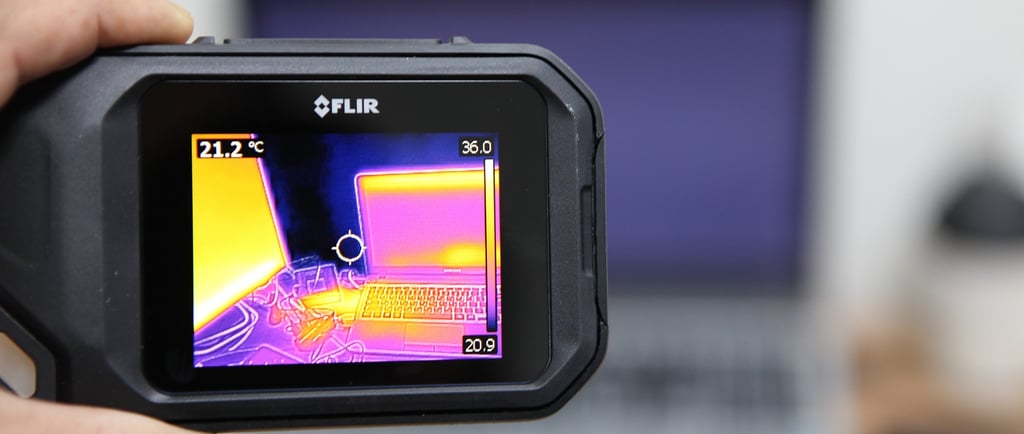The Top 10 Questions Home-Buyers Have About Thermal Efficiency Inspections
Our latest post delves into thermal imaging efficiency inspections, addressing the top 10 frequently asked questions to provide clarity and guidance. From understanding the inspection process to knowing when it's necessary and who conducts it, we cover it all. Discover how thermal imaging technology can pinpoint energy inefficiencies, improve comfort, and save on energy costs for homeowners and businesses alike. Dive into energy efficiency with our comprehensive FAQ!


These FAQs offer valuable insights into thermal imaging efficiency inspections, helping property owners understand the importance of assessing energy efficiency and improving comfort while reducing energy costs.
What is a thermal imaging efficiency inspection?
A thermal imaging efficiency inspection is an assessment of a property's energy efficiency using thermal imaging technology to identify areas of heat loss or gain.
Why is a thermal imaging efficiency inspection necessary?
This inspection is necessary to pinpoint energy inefficiencies in a building's insulation, HVAC systems, windows, and doors, helping homeowners and businesses save on energy costs and improve comfort.
When should I consider a thermal imaging efficiency inspection?
Consider this inspection if you suspect energy inefficiencies, higher-than-normal energy bills, or discomfort due to temperature variations within your property.
What certifications does the inspector have?
The inspector holds certifications from InterNACHI for infrared inspections, as well as for home and commercial inspections.
What does a thermal imaging efficiency inspection involve?
During the inspection, thermal imaging cameras detect temperature variations across surfaces, revealing areas of heat loss or gain, insulation gaps, and HVAC system inefficiencies.
How long does a thermal imaging efficiency inspection take?
The duration varies based on the size and complexity of the property but typically takes a few hours to complete.
Can a thermal imaging efficiency inspection uncover all energy inefficiencies?
While it's highly effective in identifying many energy inefficiencies, thermal imaging may not detect all issues, such as poor ventilation or hidden leaks.
What happens after a thermal imaging efficiency inspection?
Following the inspection, a report is provided, highlighting areas of concern and recommending energy-saving measures like insulation upgrades, air sealing, or HVAC system improvements.
How often should thermal imaging efficiency inspections be conducted?
While there's no set frequency, it's recommended to conduct these inspections periodically, especially after significant renovations or if experiencing increased energy bills.
Are there any limitations to thermal imaging efficiency inspections?
Thermal imaging inspections may have limitations in detecting certain issues, such as insulation quality behind walls or within inaccessible areas.